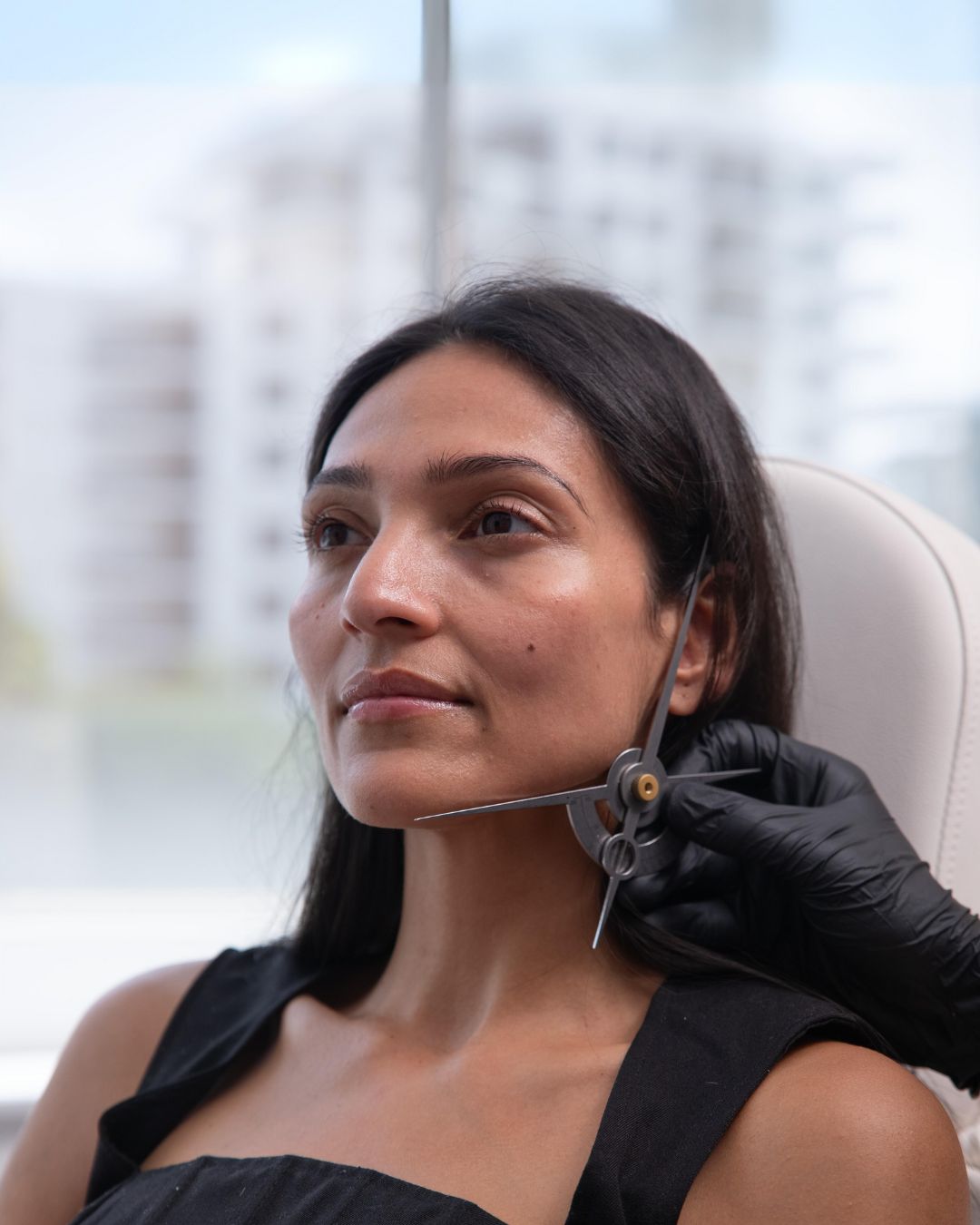Do you have an active lifestyle and want dermal fillers, but worried about how long they will last? Have your heard that exercise makes your fillers wear off faster? Have your fillers worn off quicker than expected and your injector told you it was from exercise? You may have come across many people, patients and practitioners alike blaming short filler longevity on exercise. But is this actually true?
Is exercising after dermal filler ok? When can I workout after having dermal filler?
After having dermal filler injections, you will be advised to avoid moderate to intense exercise for up to 48 hours. Avoiding exercise after dermal filler injections is important, as it reduces swelling and speeds up the healing process.
Exercise increases your blood pressure, and any increase in blood pressure can worsen swelling from any trauma to the body, including from cosmetic injections like dermal fillers. By avoid strenuous exercise, your blood pressure remains at normal levels, and any procedure-related swelling is minimised.
If you do exercise after dermal filler, while your swelling may be worse and take longer to resolve, this will not affect the longevity of dermal filler.
Why do they say exercise makes your filler wear off faster?
The cosmetic medicine and surgery industry is filled with under-trained practitioners who lack a detailed understanding of the treatments they perform and the products they use. When a patient is concerned about short filler longevity, an easy solution is to shift blame to the patient, such as their level of physical activity, as opposed to thinking critically about what could be going on.
Does exercise make your dermal filler wear off?
There is no evidence demonstrating that exercise causes dermal filler to wear off faster. Dermal filler is made of a compound found naturally in the skin. Once injected, dermal filler is broken down by an enzyme found in our skin known as hyaluronidase. Everyone has different amounts of hyaluronidase, and different levels of activity of their own hyaluronidase. Further, every dermal filler product has its own unique properties.
The rate of filler breakdown has a significant number of influencing factors that ultimately affect longevity. While exercise may play a role in how fast your body metabolises dermal filler, there are many people who lead highly active lifestyles that get normal longevity from their dermal fillers.
What causes dermal filler to wear off faster?
The single most important factor in how long dermal filler lasts is how cross-linked the filler is. Cross-linking is a dermal filler property that describes in simple terms how entangled the particles are. Highly cross-linked filler are much firmer, and are typically injected in places like the nose, chin and jawline. Highly cross-linked dermal fillers take longer for the body to break down.
Dermal fillers that have low cross-linking, or that are uncross-linked (such as skin boosters) generally do not last as long. Other manufacturing methods also affect dermal filler longevity.
You unique type and quantity of natural hyaluronidase, and certain metabolic factors will also affect how long it takes for your body to break down dermal filler.
Importantly, if someone is concerned that their dermal filler is not lasting, there a few very important thing to assess.
The first is to ascertain if they had swelling that accentuated the true result. As the swelling subsided and the true result was revealed, they may be concerned that the filler ‘wore off’. This problem can be avoided by setting expectations and performing a comprehensive consultation where you inform the patient of what to expect in the recovery period.
The second is a phenomenon that occurs when injecting an area of the face the first time. Studies show that as filler integrates, some of the product works to increase tissue density rather than providing a lifting effect to the skin. The dermal filler is still there, but in such instances a second session is indicated (if clinically appropriate). You can assess for the presence of filler by feeling the injected tissue (it will often feel ‘firmer’ than nearby skin) or by performing medical imaging like ultrasound.
The third thing that must be considered is dermal filler migration. Good patient selection, the use of the appropriate filler and a careful injection technique significantly minimise the risk of this, but filler migration is an often under-diagnosed cause of a patient who believes that their dermal filler has worn off too quickly. Re-injecting more filler in this case may make the filler migration worse. If the patient has dermal filler migration, this should be managed accordingly.
Should I avoid exercise so my filler lasts longer?
Your health should always come first. Here at Cosmetic Connection, your wellbeing is our number 1 priority and for this reason we would never advise that you reduce exercise to make your filler last longer. The limited and poor quality (often anecdotal) evidence surrounding exercise and filler longevity is not reliable enough to consider reducing your exercise.
You should continue your normal level of activity after dermal fillers, aside from taking it easy for the first few days to minimise swelling. For those with true longevity issues, collagen stimulating injections may be worth considering, as these are metabolised differently to traditional dermal filler. However, while temporary, they are not reversible, and also not used in certain areas of the face such as the under eyes, nose and lips.

